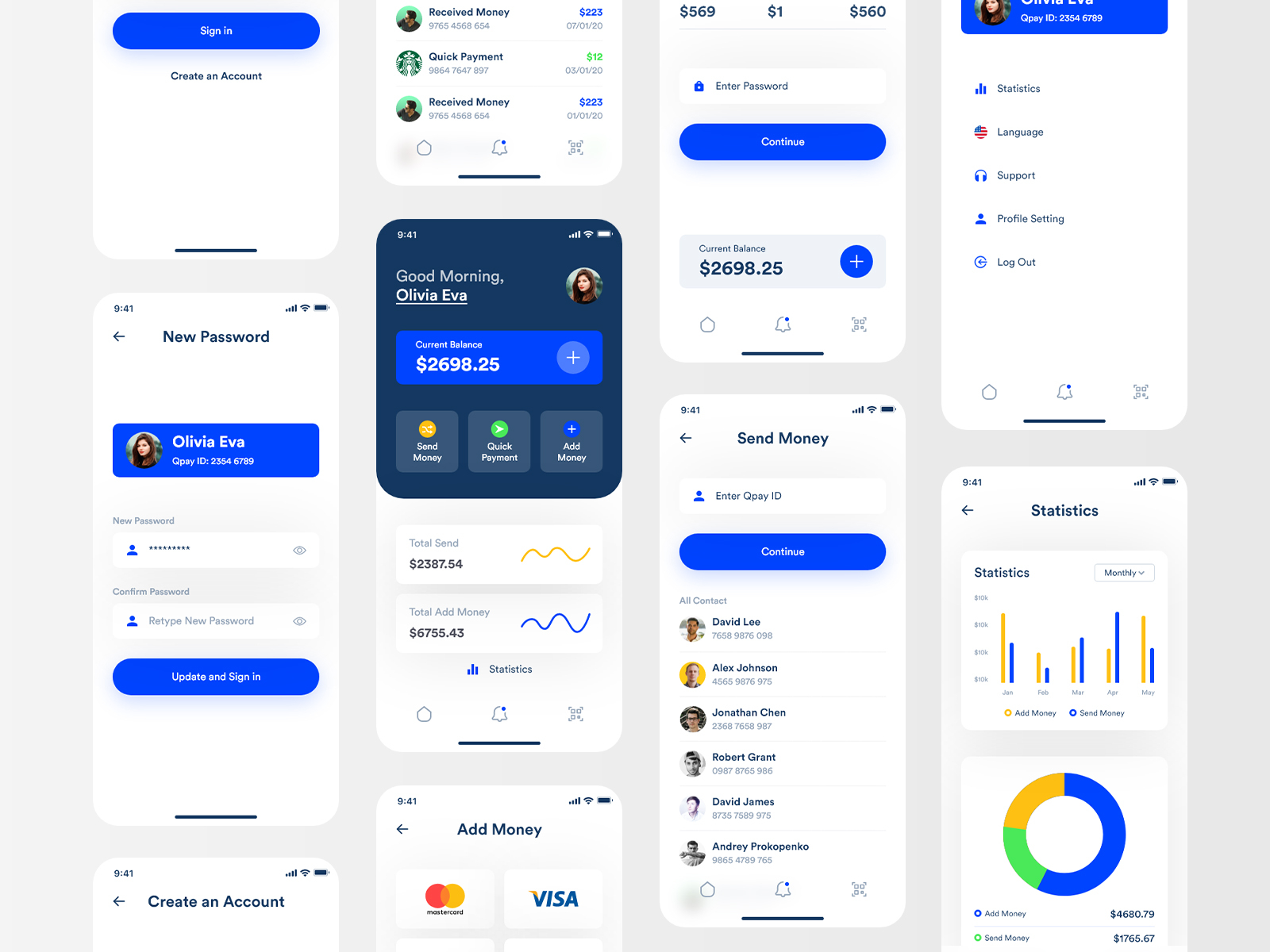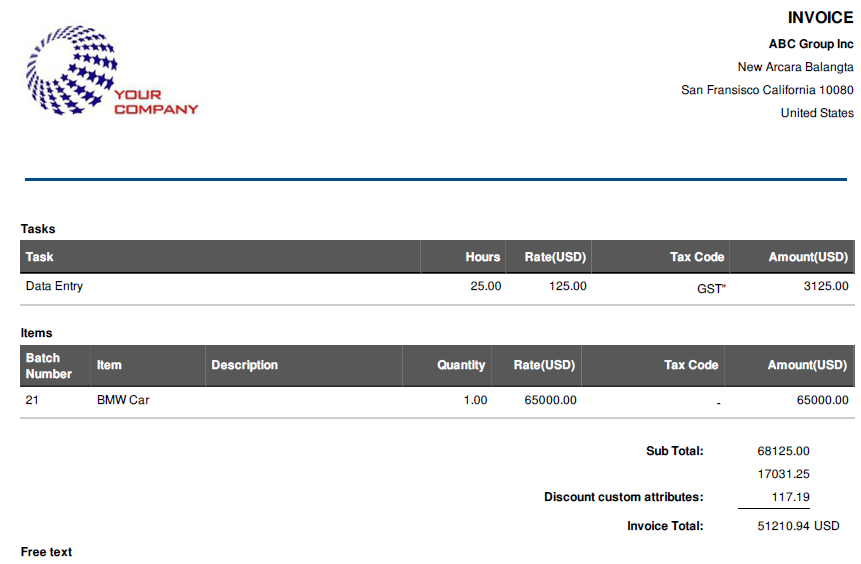

This tool takes each image you use on your web app and optimizes its size to serves them to the clients Image optimization: Next.js comes with an API to optimize images. Requires less fiddling with build tools: In Next.js you don’t need to worry about extra tools and bundlers as everything is included within its initial configuration.īetter for SEO than React: SSR makes web applications built on Next faster to crawl and to visit, resulting in better search engine rankings. Out-of-the-box SSR: You don’t need extra configuration to create a server-side rendered app as you would with React and CRA. Lower performance compared to Next.js: React applications usually take longer to become interactive than similar web applications built using Next.js. JSX can be off-putting: While JSX extends React’s capabilities, it can be daunting for newer developers who might not be familiar with it. Less SEO-friendly than Next.js: Single-page applications created with React are not good for SEO because it usually takes them longer to load, whereas Next.js was built with SEO in mind. Strong user community: React has 182k stars on Github and a community of thousands of users creating content to help others build projects using the library. With Next.js, you need to learn React and then Next.js.Īllows you to reuse components: Every React app is made of reusable components you can mix and match to build web applications.Ĭomes with pre-packaged scripts: Using tools like Create React App, React.js allows you to kick off projects quickly with minimum configuration. Advantages of ReactĮasier to learn than Next.js: It’s based on JavaScript and has extensive documentation to get you started quickly. Let’s dive deeper and see the pros and cons of each framework. We’ve seen Next.js and React compared side by side, and you probably have some ideas in mind of which one to choose. Pros and cons to React and Next.js Pros and Cons Smaller community but spotless documentation. Solid documentation and developer community. Requires you to stay updated on new React releases. Supports different types of SSR and incremental static regeneration.

#Make quick invoice nextapp code#
React avoids reprocessing every line of code by using pieces of UI called components.Ī typical React component for a shopping list looks like this: Think of Facebook and Instagram, where you scroll to see new posts and content while most page sections remain the same.Ī traditional approach would require the entire website (or app) to reload every time you click on something, which is time-consuming and frustrating for visitors. React is commonly used to develop web apps that require constant data changes on their UIs. Want to learn which one is right for you? What is React?Ĭreated by Facebook in 2011 and then open-sourced in 2013, React is a declarative, efficient, and flexible JavaScript library for building interactive user interfaces that are influenced by XHP, an HTML component library for PHP. In this article, we’ll look at both tools, see how they compare, and discuss when it’s appropriate to use each one. The difference between a framework and a library is that a framework has more features and focuses on more than one aspect of development while also giving you rules and guidelines on writing your code and structuring your files.įor React users already familiar with Create React App, React’s framework, switching to another one is enough to give them PTSD, but with Next.js, the payoff will probably be worth the initial hassle. Next.js, a frontend JavaSript framework that builds upon React’s UI library, aims to reduce JavaScript fatigue by enabling developers to build web applications in a zero-config environment that provides all the tools they need out-of-the-box. Such extensive tooling is daunting to everyone, especially beginners and developers who want a more straightforward approach. React’s UI library is staggeringly robust, but with great power comes great responsibility, and you have to configure Babel, Webpack, ESLint, and a server –and that at the very least.

Next.js, while smaller than React has been growing steadily over the years and it’s poised to become the most used JavaScript framework. React is the most popular JavaScript library for frontend developers. But even in the sea of JavaScript frameworks and libraries, React and Next.js stand out against the crowd.


 0 kommentar(er)
0 kommentar(er)
